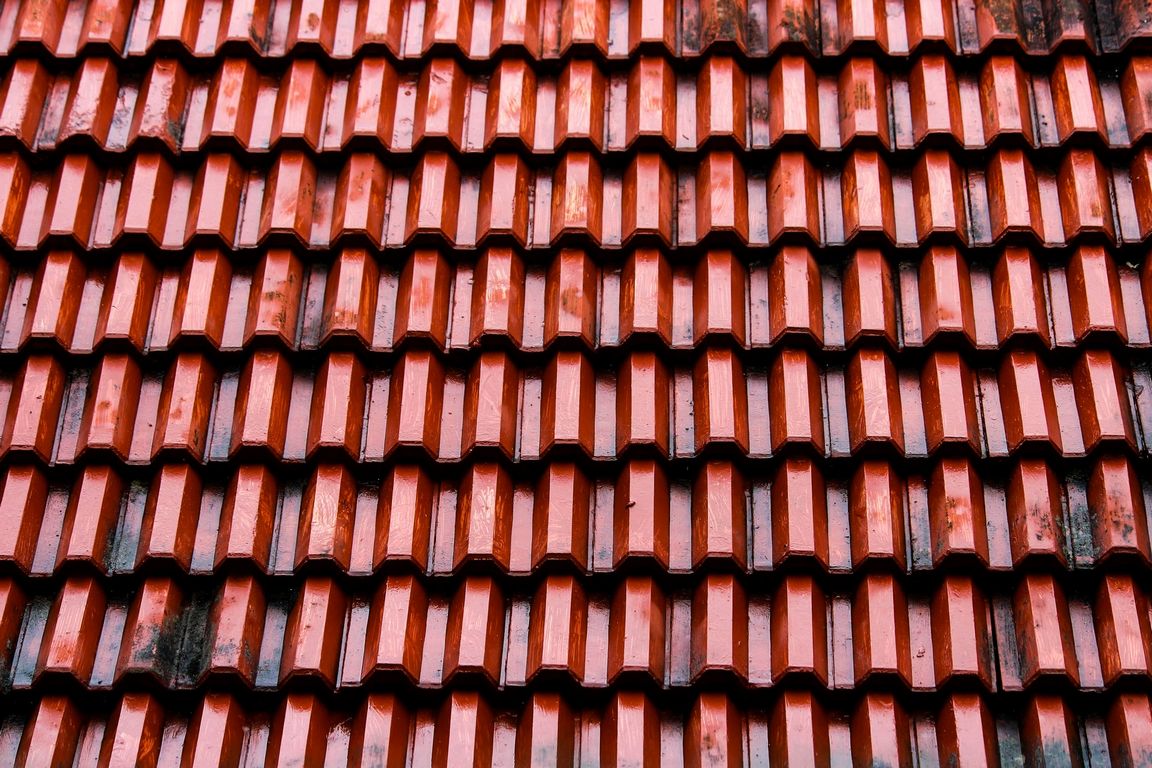The roof over your home works as a shield for the entire place against external factors and various weather changes.
Every once in a while, homeowners often face extreme weather conditions that leave them stuck indoors trying to shield themselves from the storms. Because the roof is taking most of the hits from any storm that hits your house, it can often gain some damages that you should properly fix to keep the house standing strong.
This can be as simple as a small leak or as serious as a visible crack through the roof. Either way, you need to address the issue before it escalates; you don’t want to risk having the roof collapse.
Without further ado, Visit here to discover the necessary services you may require if your roof sustains damage during a storm.
Furthermore, within this article, you will find valuable insights on maintaining the strength and durability of your roof, effectively safeguarding your property from the impacts of extreme weather fluctuations.

After a storm hits your house, the first thing you will need to do is check the roof to assess the damage it has endured in extreme weather.
You should always check to see the extent of the weather damage before you take any steps or contact a contractor so that you know how bad the damages are, and whether you can do some DIY work to fix it, or if it is too bad that you may need to consider changing the whole roof.
If you’re not sure how to make such an assessment, you can hire a contractor to take a look for you. Perhaps, as the experts mention here https://bigalsroofing.com/
Another rule of thumb when assessing damage is to not necessarily base the severity of damage on appearance. For instance, your roof might look like it could only use some shingle replacements, but it could also suffer leaks and cracks that would require heavier-duty work.
Remember that you’re better off replacing the entire roof if it’s older than 30 years, as roofs don’t typically last longer than that. All in all, make sure you use all safety measures you can when assessing the state of your roof so that you do not risk your safety when you are up there.
Once you have assessed the damages to your roof, it may be time to find a local contractor and get them to come to check the roof themselves to see if they can work on fixing what the storm broke.
In certain cases, your local contractor can offer you emergency repair for the damages until you can get the roof permanently fixed later on or completely change its tiles if it is too old or heavily damaged.
You will need to do some research to find an experienced contractor who can fix your roof efficiently without it costing you a fortune. It can be a good idea to do some research and ask around for people’s feedback and reviews on local handymen who can get the job done.
Read Also:
More often than not, homeowners get their houses or certain parts of their houses insured against damages. If that is the case for you, and you have your roof insured, then you should definitely contact your insurer straight after the storm passes.
Your insurance provider should be able to compensate you for the damages and guide you towards contractors or handymen who can come fix your roof with no charge or for a reduced cost.
You will just have to check your insurance policy to understand your rights before making your claims so that you can get properly compensated.
Some roof damages can be fixed, however, if the damages keep on recurring, especially if you live in an area where the weather is constantly changing, then replacing your old roof with a new one may be the best way to go after a big storm.
It can take some time and effort to weigh your options and see what new roof type will work best for your home and how to raise the sufficient funds you need for the replacement, but in the long run, this can be the better option.
Make sure you assess the state of the roof before settling on replacing it as it can be a big process that needs careful planning and prior arrangements.
The type of damage your roof endures after a storm can be the thing that helps you decide what you can do to fix the problem.
There are some common types of roof damage that often happen as a result of extreme weather conditions that every homeowner should be mindful of.
These include rain damage, hail damage, and wind damage. Depending on the severity of the damage, you may need to change the roof entirely or fix it temporarily until you can save up to get a more permanent fix.
Keeping your roof well-maintained is essential to ensure you are safe and sound indoors when the weather conditions outdoors decide to change at any point.
Although your roof shields you against all kinds of environmental factors outside, it can get badly damaged over time and need fixing or changing after heavy storms.
If that is the case for your roof, then make sure you find a good contractor who can help you fix the damages or give you a reasonable quote for changing it entirely for a newer and sturdier roof. Avoid opting for DIY solutions if your roof is leaking or if you see any visible cracks.
Always call a contractor as soon as you can to help fix the damage before it exacerbates over time. If you need to replace your roof entirely, don’t worry, there are plenty of options that allow you to pay in installments, seeing as replacing your roof is a big investment.